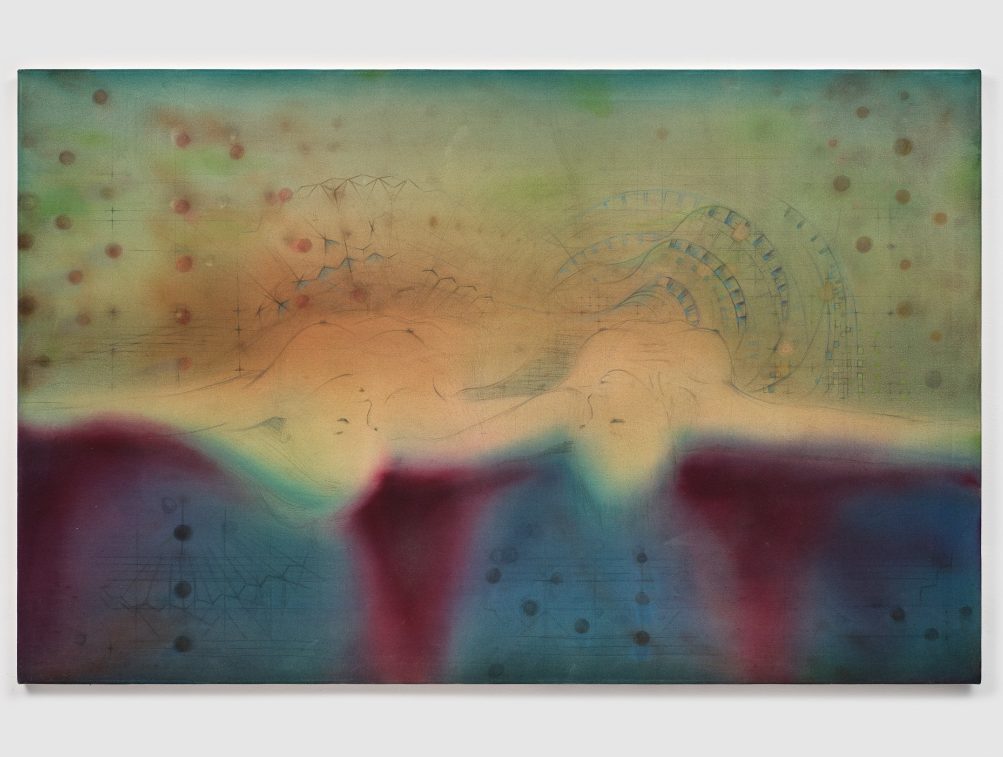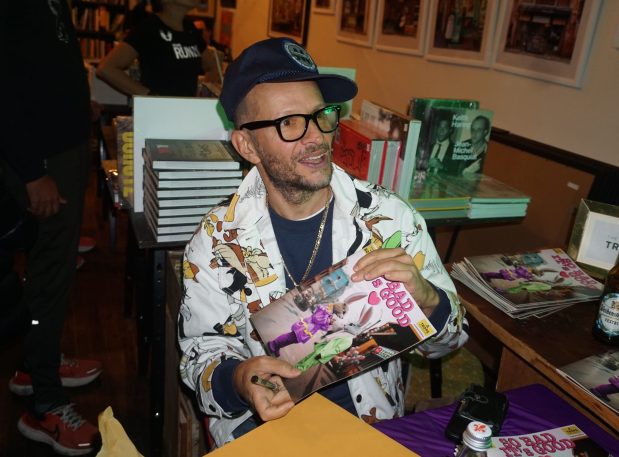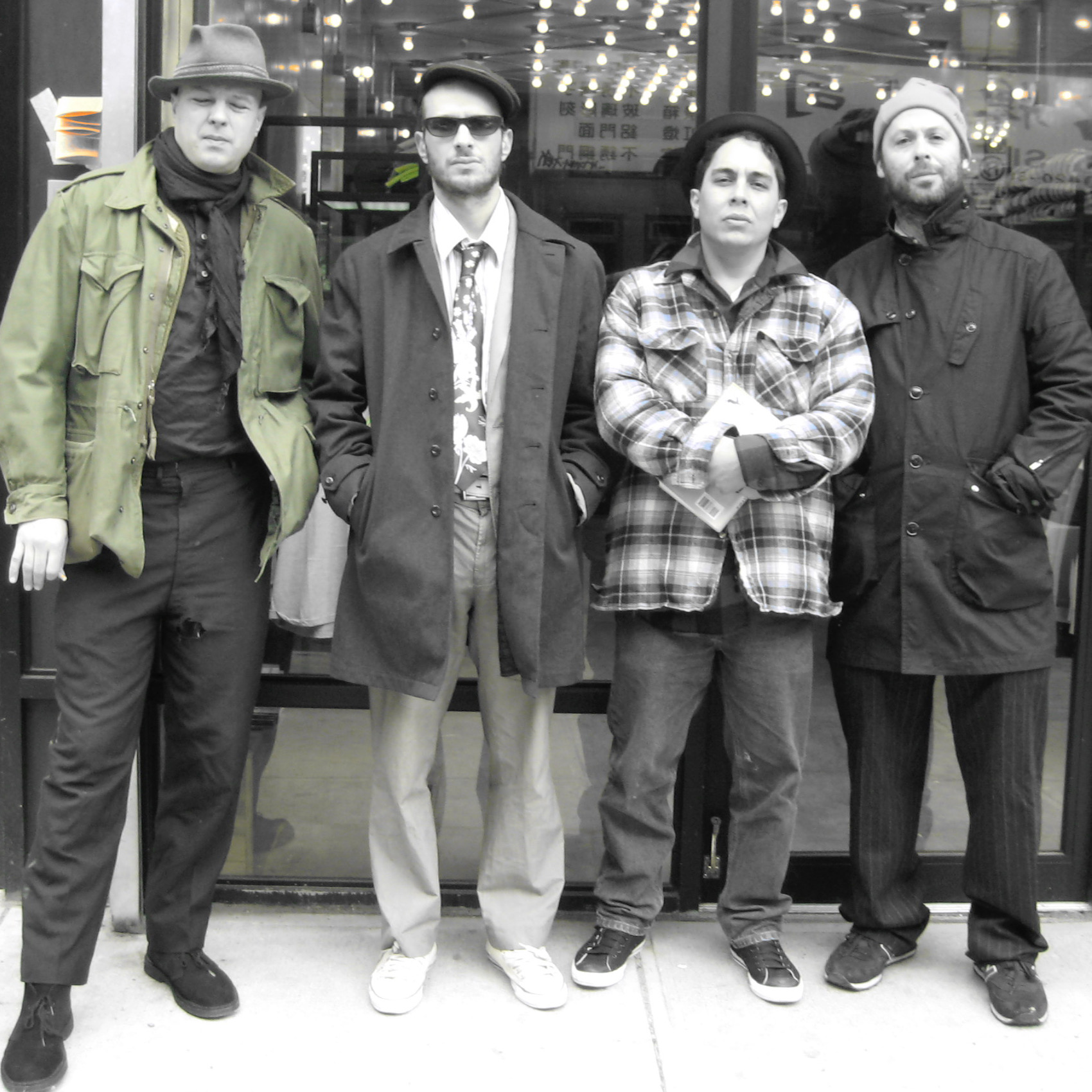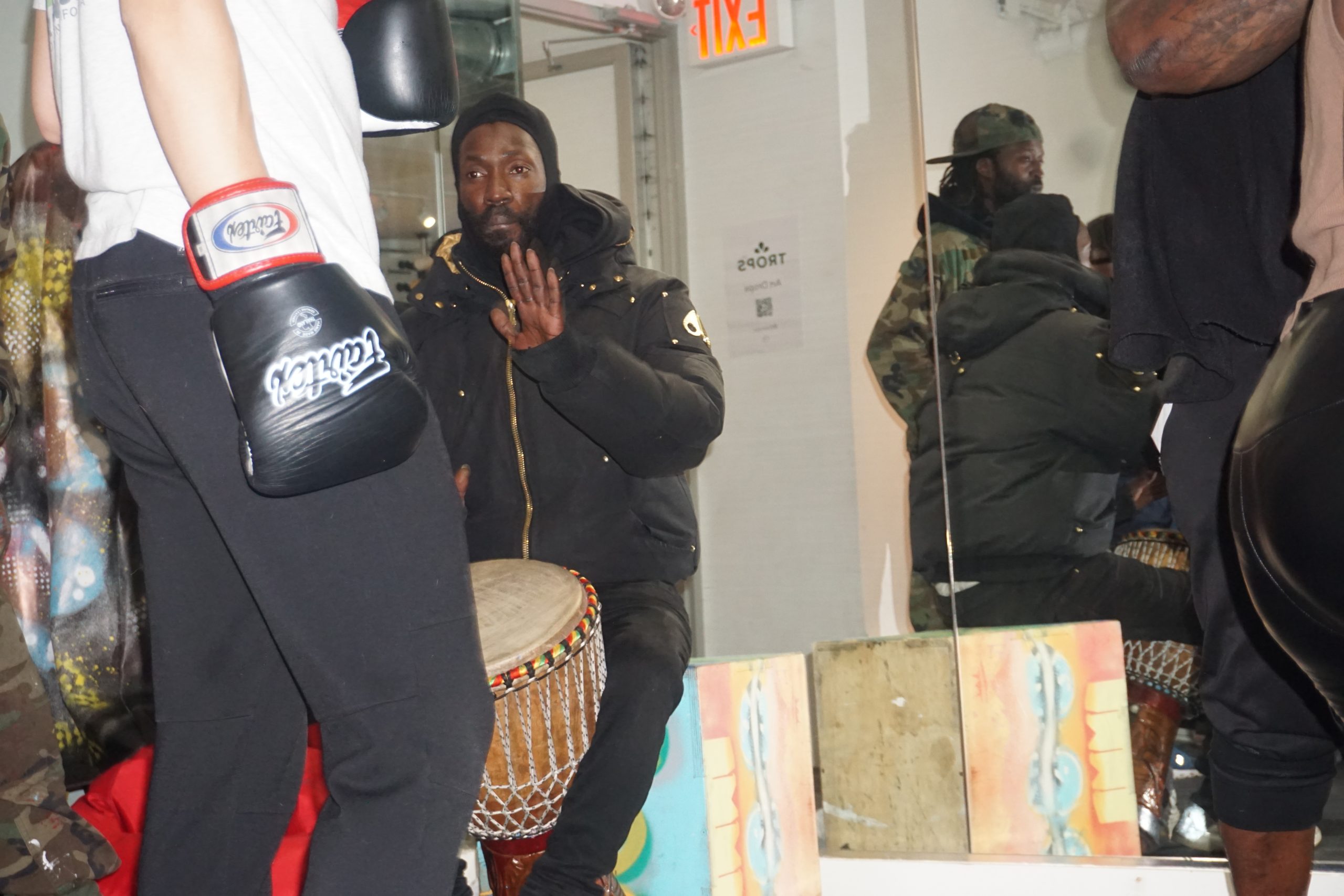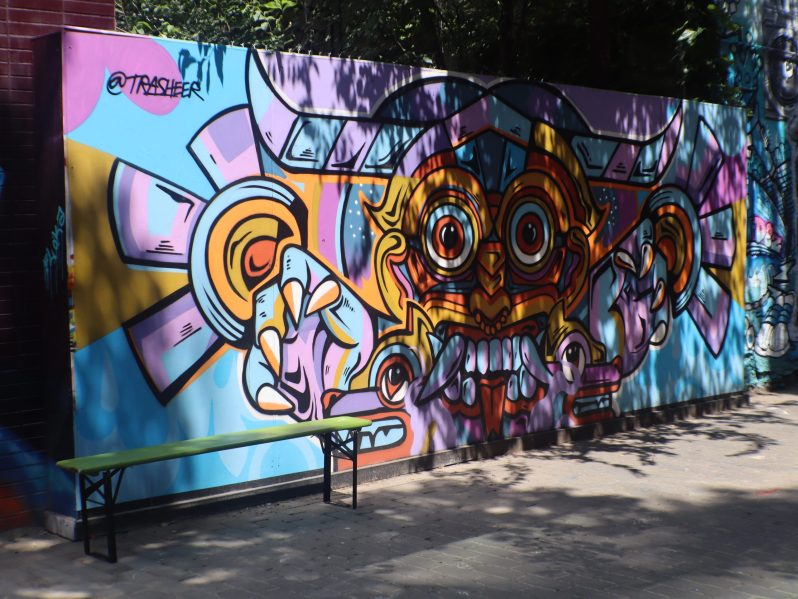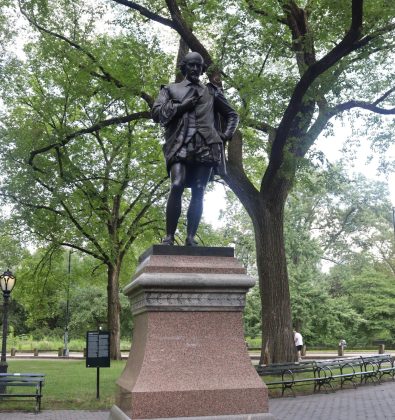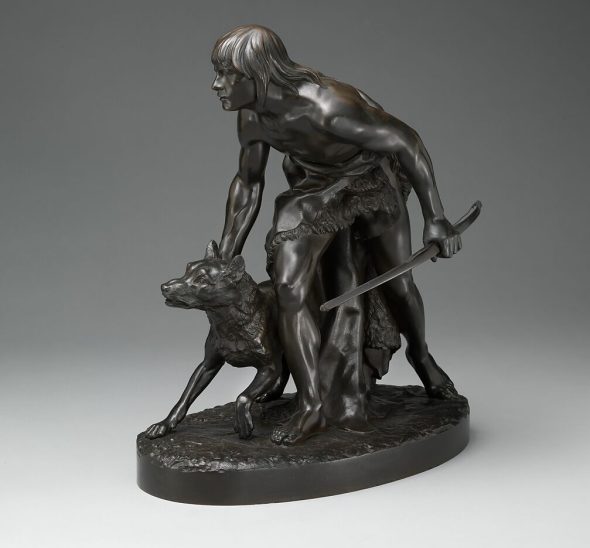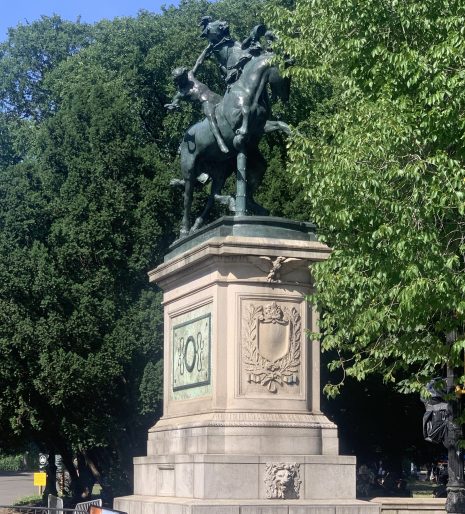An Interview with Vahakn Arslanian
Vahakn Arslanian, Winter of D.C., 2024
Featured in Emerging Movement
Having relocated with his family to New York City as an infant, Vahakn Arslanian is fascinated and inspired by roaring jet engine planes, explosives, luminous light bulbs and flickering candlelight. He has been nearly deaf since birth, his only sense of noise is from that which is thundering to the ears, for him, a glimpse at the vibrational frequency of sound. Along with his fascination with planes comes birds. Where this biomimetic pair have in common, Arslansian mends the two, such as his rough paintings and drawings of plane wings with bird feathers. He takes much of his work and frames them in found objects such as vintage plane windows, often broken and cracked.
In September, Arslanian’s work was featured in the Trops exhibition Emerging Movement in New York City. After the show, Alexandra Kosloski and the painter discuss his artistic inspiration.

Vahakn Arslanian, Light It Up, 2007
Alexandra Kosloski: Your painting in Emerging Movement, “Winter of D.C.”, is made of a cockpit window from an old airplane. Your work often revolves around broken glass and found objects– what first drew you to these materials?
Vahakn Arslanian: I love flying in airplanes from New York to Europe. In 1989, when I was 13 years old, I flew from Belgium to New York on SABENA Boeing 747/-100, and mid-flight I met the pilot in the cockpit. I asked him about the windshield, and he told me about the layers of glass. In 2004, I bought an old Boeing 747 windshield from an airplane repair shop– it was very heavy, about 250 pounds. I broke it with a hammer, then I began removing each layer of glass. When I was 6 years old, I helped Julian Schnabel when he was making his large art in East Hampton. He was throwing ceramic plates, and breaking them with hammers. I find many old windows on the street with antique mouth-blown wavy glass. Sometimes the glass is broken so I solder it back together.
Alexandra Kosloski: Is there a particular artist that you find yourself going back to for inspiration?
Vahakn Arslanian: I am inspired by Dustin Yellin’s paintings, and the technique of cutting pictures from magazines of flowers, or anything on layers of sheets of glass. My favorite artists are Rene Magritte and Salvador Dali. Also, while I walk on the street in NYC, I notice different colors of flowers and I feel like painting.

Vahakn Arslanian, Bird Airplane, 2004
An Interview with Vahakn Arslanian Read More »
Interview

